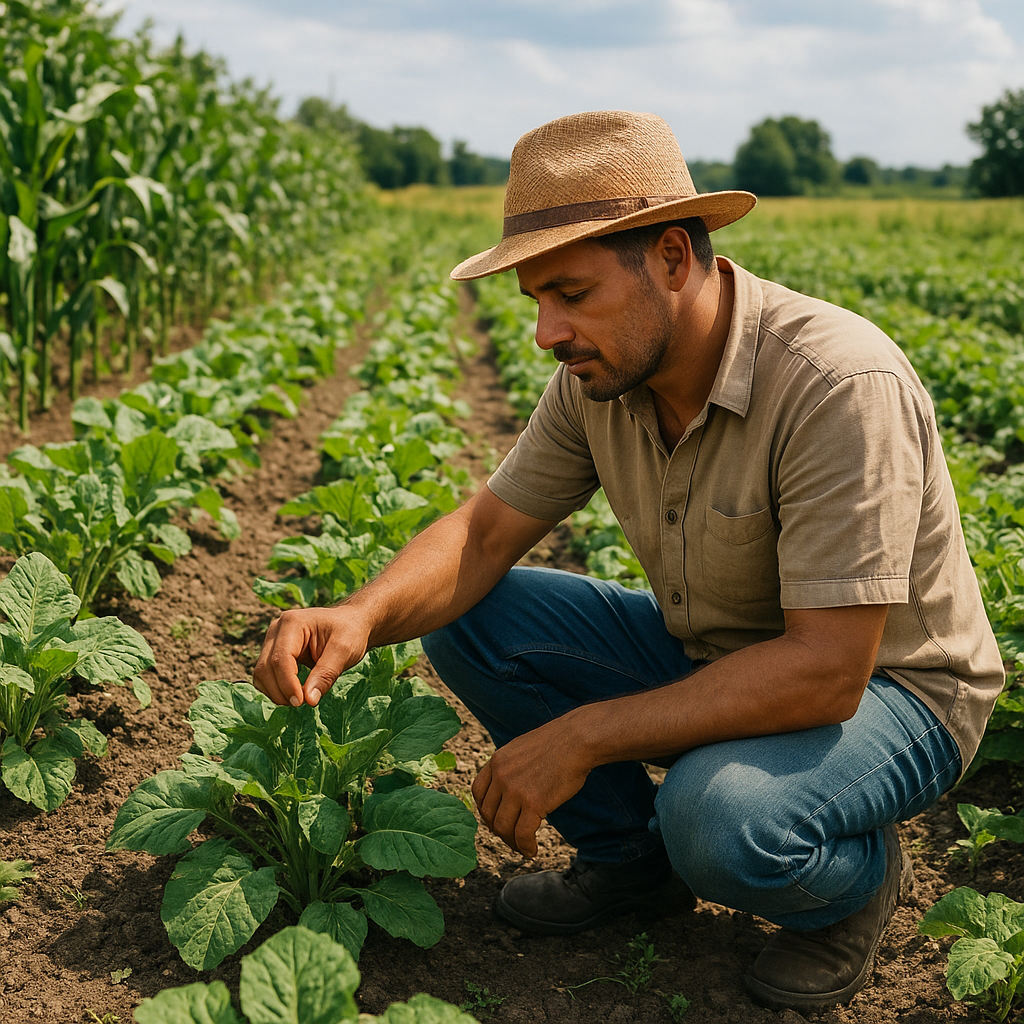
Urban spaces no longer limit the dream of a lush vegetable garden. With clever design and thoughtful planning, any balcony, rooftop, or tiny backyard can flourish with fresh produce. This guide delves into practical approaches and innovative tactics for transforming constrained environments into thriving green havens. Follow these insights to embrace sustainable living, boost self-sufficiency, and enjoy the satisfaction of homegrown vegetables.
Choosing the Right Containers and Soil
Selecting appropriate containers is the cornerstone of any small-space garden. Options include traditional pots, raised beds, window boxes, hanging baskets, and repurposed barrels. Prioritize containers with adequate drainage holes to prevent waterlogging and ensure healthy root development.
- Use lightweight materials like fabric grow bags or plastic tubs for easy mobility.
- Deep containers (at least 12 inches) support root vegetables and larger plants.
- Stackable or tiered planters maximize vertical real estate.
High-quality soil or soilless mixes are equally critical. A balanced blend should offer proper aeration, retain moisture, and deliver essential nutrients. Consider a mixture of compost, peat moss (or coconut coir), and perlite or vermiculite. Regularly test the pH to maintain levels between 6.0 and 7.0 for most vegetables.
- Incorporate well-rotted compost to boost organic matter.
- Top-dress containers with slow-release fertilizers every 4–6 weeks.
- Rotate soil annually to prevent disease buildup.
Selecting Space-Saving Vegetable Varieties
Not all vegetables thrive in confined settings. Opt for compact or dwarf cultivars explicitly bred for small spaces. Here are some high-performing picks:
- Bush beans – prolific yields in shallow containers.
- Cherry tomatoes – patio or dwarf varieties and indeterminate types for vertical growing.
- Lettuce and microgreens – fast maturity and continuous harvesting.
- Herbs like basil, mint, and parsley – versatile and low-maintenance.
- Peppers and chilies – compact bush forms produce abundant fruit.
Implement succession planting to maintain a steady harvest. Once one crop finishes, replace it with fast-growing seedlings. Companion planting can enhance pest resistance and nutrient uptake; for example, basil planted next to tomatoes can improve flavor and deter insects.
Optimizing Light, Water, and Nutrient Management
Light Requirements
Most vegetables require 6–8 hours of direct sunlight daily. Assess your space for sun patterns and orient containers accordingly. For balconies facing north, consider shade-tolerant greens like kale and Swiss chard. When natural light is limited, supplement with LED grow lights to ensure vigorous growth.
Watering Strategies
Maintaining consistent soil moisture is crucial in containers that dry out faster than garden beds. Adopt these practices:
- Use drip irrigation or self-watering planters to deliver water at the root zone.
- Mulch container surfaces with straw or wood chips to reduce evaporation.
- Water early in the morning to minimize fungal problems and heat stress.
Nutrient Enrichment
Containers hold limited soil volume, so nutrient reserves deplete quickly. Apply organic fertilizers such as fish emulsion or compost tea every 2–3 weeks. For a balanced nutrient profile, follow a 10-10-10 NPK formula or tailor ratios to specific crops (higher potassium for fruiting vegetables).
Advanced Techniques for Maximizing Yield
Beyond basic container gardening, several advanced methods can further elevate productivity:
- Vertical gardening: Install trellises, netting, or living walls to grow vines like cucumbers and peas upward, saving precious floor space.
- Square-foot gardening: Divide raised beds into one-foot grids to intensify planting density and reduce waste.
- Hydroponics and aquaponics: Soil-free systems that circulate nutrient-rich water, allowing faster growth and higher yields within compact frames.
- Succession sowing: Stagger seed sowing every 2–3 weeks to ensure continuous harvests throughout the growing season.
- Use intercropping by pairing slow-growing crops (e.g., tomatoes) with fast growers (e.g., radishes) to optimize space and time.
Pest Control and Seasonal Care
Urban gardeners often face unique pest pressures due to proximity to other plants and reduced biodiversity. Adopt an integrated pest management approach:
- Introduce beneficial insects like ladybugs and lacewings to combat aphids.
- Use physical barriers such as row covers to protect against caterpillars and beetles.
- Apply organic sprays (neem oil, insecticidal soap) at the first sign of infestation.
- Rotate crop locations annually to disrupt pest and disease cycles.
Seasonal adjustments are necessary. In summer, provide afternoon shade or misting systems to prevent heat stress. During cooler months, move containers closer together for microclimate warmth and consider portable cold frames or cloches for frost protection.
Maintaining Soil Health and Sustainability
Long-term success hinges on preserving soil structure and ecosystem balance. Incorporate these sustainable habits:
- Collect and reuse rainwater to reduce utility costs and minimize runoff.
- Practice regular composting with kitchen scraps and garden debris to enrich the next planting cycle.
- Implement cover crops (e.g., clover or rye) during off-seasons in larger raised beds to fix nitrogen and prevent erosion.
- Monitor soil life by observing earthworms and microbial activity, ensuring a thriving underground community.
By embracing these practices, even the smallest urban corner can yield a bountiful, nutritious harvest. Cultivating vegetables in confined areas not only delivers fresh flavors but also fosters a deeper connection to nature and community resilience.

